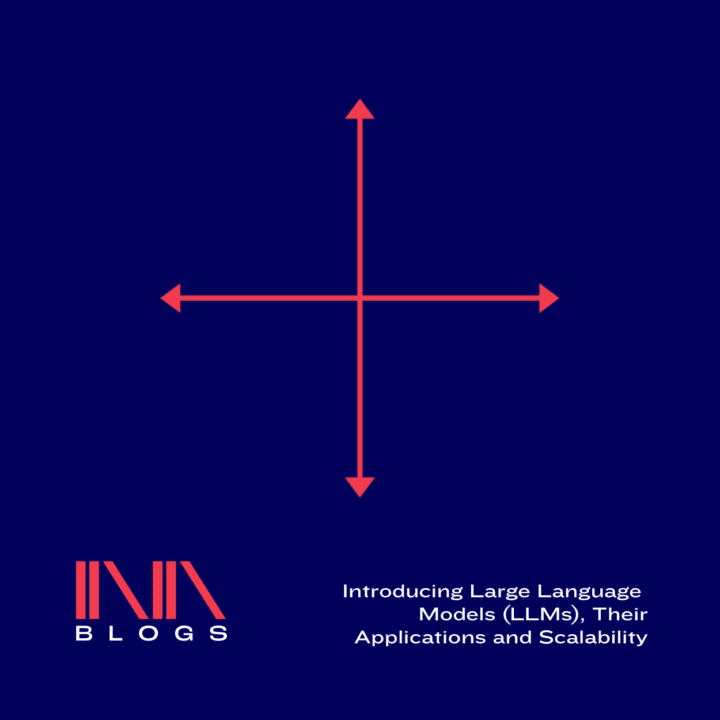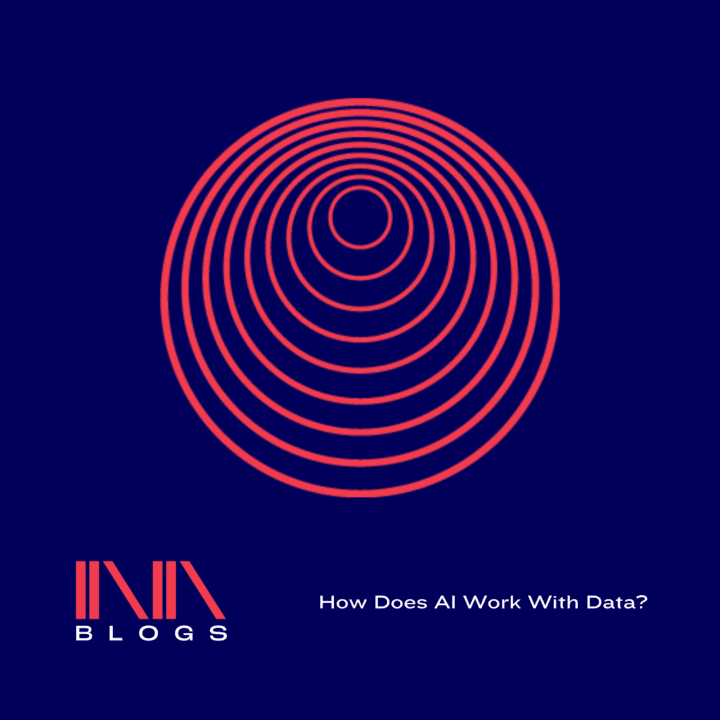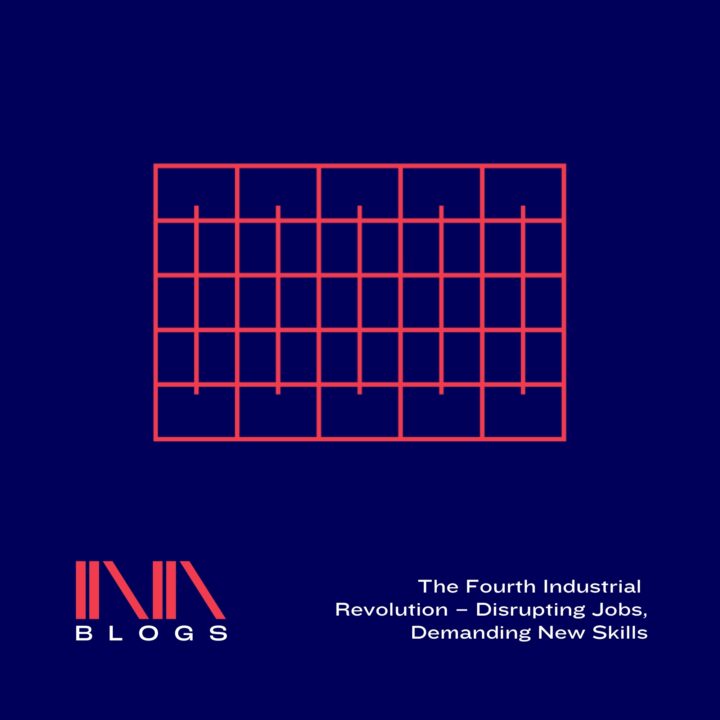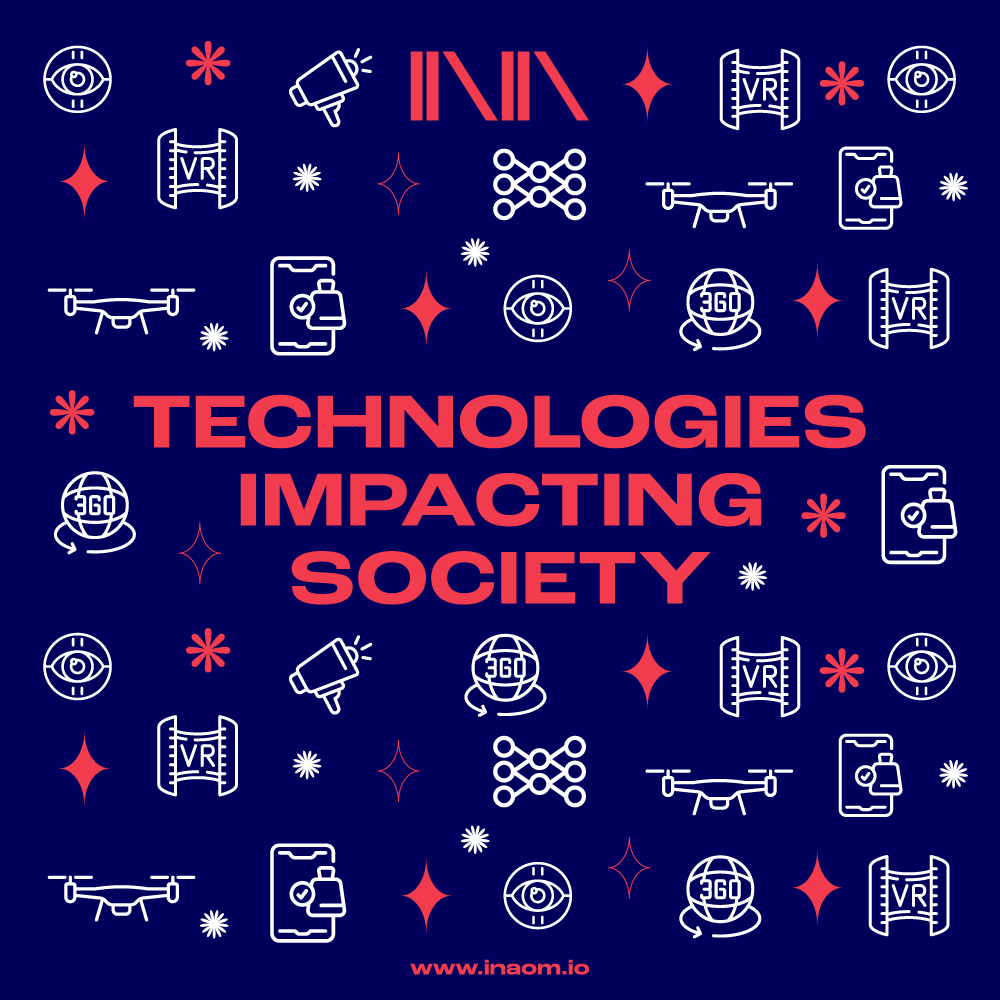
As we enter a new era of technological advancements, it’s becoming increasingly important to understand the differences between centralised and decentralised technologies. In this blog post, we’ll delve into the details of these two types of technologies and highlight their differences.
Centralised Technologies
Centralised technologies are those that are managed and controlled by a single entity. This entity is responsible for making decisions and controlling the flow of data. An excellent example of centralised technology is the internet. The internet is managed by a few large companies, such as Google and Microsoft, who have the power to control how data is accessed and used.
While centralised technologies have their benefits, they are often criticised for being vulnerable to cyberattacks and data breaches. Because the data is stored in a central location, a successful attack on the central authority can result in the theft of vast amounts of data.
Decentralised Technologies
Decentralised technologies, on the other hand, are managed by multiple nodes that are distributed across the network. These nodes are usually computers or servers that share the same information and resources. The blockchain is an example of a decentralised technology. It’s a distributed ledger that is maintained by a network of computers, with each computer holding a copy of the same information.
The decentralised approach to technology offers a number of advantages. For one, it’s more secure than centralised technologies since data is distributed across the network, making it more challenging to hack. Also, the network of nodes ensures that there is no single point of failure. Therefore, even if one node fails, the network can continue to operate.
Differences Between Centralised and Decentralised Technologies
The primary difference between centralised and decentralised technologies is the control of data. Centralised technologies are controlled by a single authority, while decentralised technologies are distributed across a network of nodes. This fundamental difference in data control has a significant impact on the security and scalability of the technology.
Democracy and Transparency
Another significant difference is the level of decentralisation that each technology offers. Centralised technologies rely on a single entity to manage and make decisions regarding the use of data. It means that the system is less democratic and less transparent. On the other hand, decentralised technologies distribute control across multiple nodes, making them more democratic and transparent.
Efficiency
Centralised technologies are often more efficient when it comes to speed and performance since they have a central point of control that can optimise the use of resources. However, this also means that they are more vulnerable to system failures and downtime since there is a single point of failure.
Decentralised technologies, on the other hand, may be slower and less efficient due to the need for consensus between nodes. However, they are more fault-tolerant since the failure of one node does not necessarily result in the failure of the entire system. Decentralised technologies also offer more privacy and security. Since the network distributes the data, third parties find it more challenging to access and control.
Scalability
In terms of scalability, centralised technologies have traditionally been easier to scale since they are designed to handle large volumes of data and users. However, the rise of decentralised technologies such as blockchain and peer-to-peer networks is changing this paradigm. These technologies are designed to scale horizontally, with additional nodes added to the network to increase capacity and processing power.
Conclusion
In conclusion, centralised and decentralised technologies each have their advantages and disadvantages. The choice between the two depends on the specific needs of the user or organisation. While centralised technologies may offer greater efficiency and speed, decentralised technologies offer more security, transparency, and resilience to failure. As technology continues to evolve, it’s likely that we will see more hybrid models that combine the benefits of both centralised and decentralised approaches.
Frequently Asked Questions (FAQs)
Is it possible for a technology to be both centralised and decentralised?
Yes, hybrid models can incorporate aspects of both centralisation and decentralisation. Cloud computing, for instance, often uses centralised data storage with decentralised processing to optimise performance.
Can decentralised technologies be as efficient as centralised ones?
While decentralised technologies offer enhanced security and autonomy, they might not always match the speed and efficiency of centralised counterparts due to the complexity of consensus mechanisms and network maintenance.
Do centralised technologies have associated risks?
Centralised technologies can pose risks such as single points of failure, which could disrupt entire systems, and data breaches, leading to compromised user information.
How does blockchain contribute to decentralisation?
Blockchain technology uses distributed consensus mechanisms to validate and record transactions, eliminating the need for central authorities and enhancing transparency.
What industries benefit the most from decentralised technologies?
Industries like finance, supply chain, healthcare, and identity verification benefit greatly from decentralised technologies’ improved security, transparency, and efficiency.
Are there regulatory challenges unique to decentralised technologies?
Yes, decentralised technologies often challenge traditional regulatory frameworks, especially in terms of governance, data privacy, and taxation, requiring innovative approaches to legal and policy frameworks.









